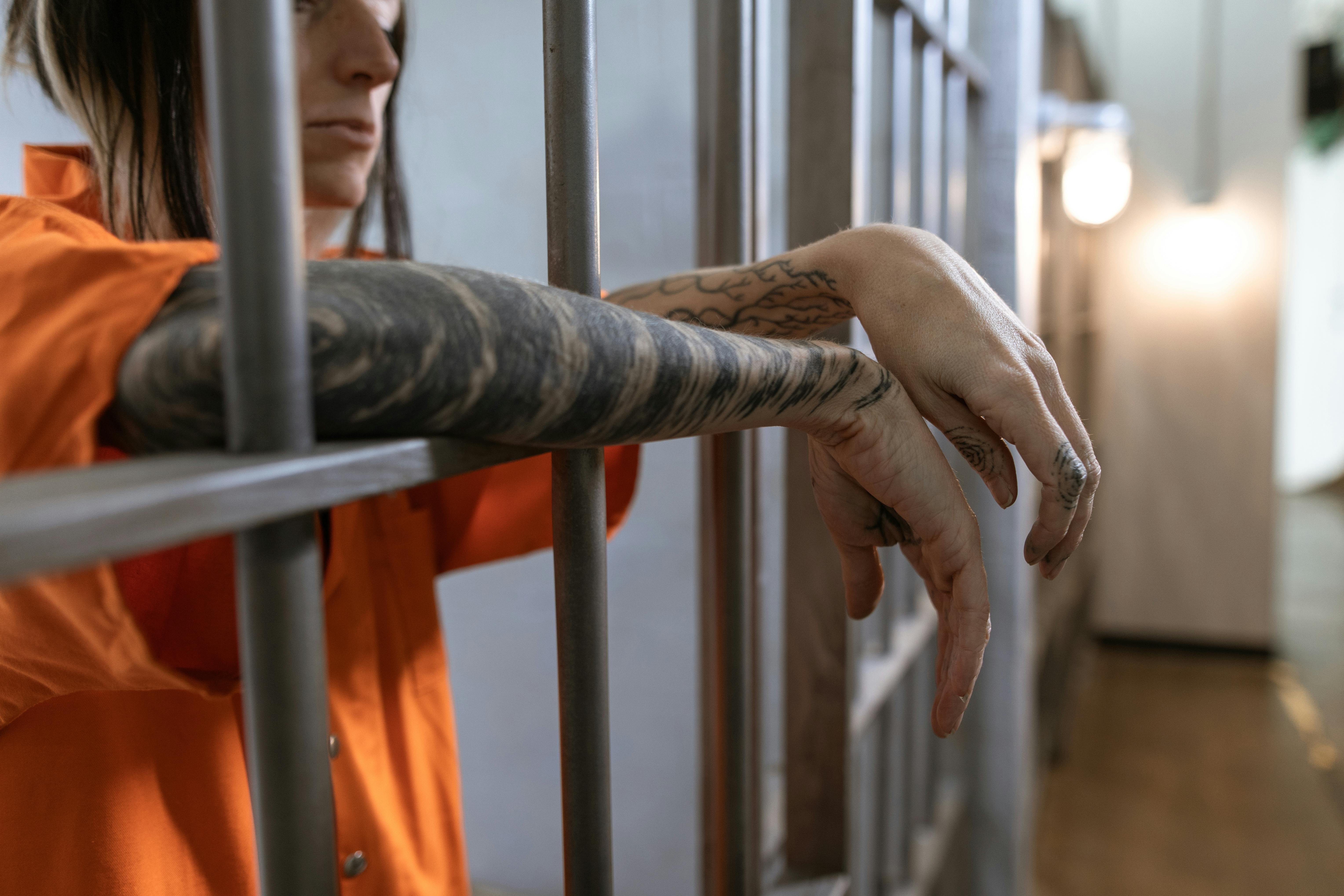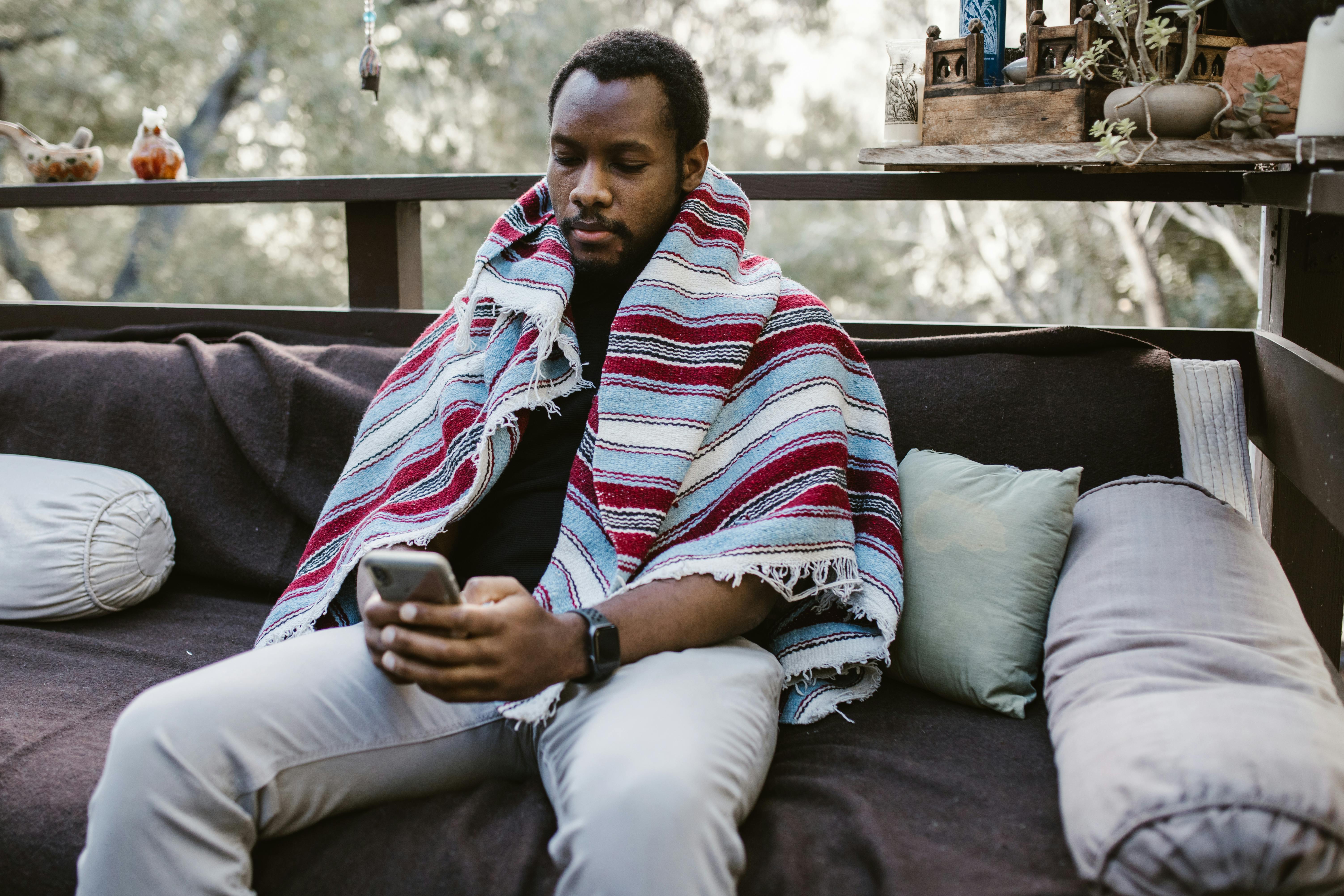Ghana shares with many developing countries a situation in which its indigenous culture has been overwhelmed by an onslaught of practices and lifestyles that were once called Western and are now international. Ghanaian culture is very rich, and in many areas it still holds its own, but in the second half of the 20th century it was struggling to survive in the field of clothing in general, and especially in men’s clothing. In this situation, one has to look beyond the cities and beyond the daily activities of work and routine home life, to find places and occasions where the glories of the past are still revealed.
In government ministries and business offices in Accra and Kumasi, well-tailored Western-style suits are the standard attire. The ties persist even where they have been abandoned in colder climates. This mode of clothing survived the age of the electric fan and thrived in the age of air conditioning. When this proper class ventures outside of their temperature-controlled environment, they are often seen wearing light cotton tropical suits like those worn by former colonial masters. Men of lower rank, who populate the offices, serving as secretaries, typists, and accountants, uniformly wear trousers and open-necked cotton shirts, while those who work outside as petty merchants, craftsmen, and laborers have universally adopted the T-shirt as complement. his long pants and rubber sandals (kyale wate).
Despite the tropical climate, shorts are relatively rare. Although shorts are part of the standard school uniform, they are abandoned upon graduation. Some businessmen wear a bare-knee version of the tropical suit and this is a trend that looks like it could grow in popularity. Some peasants and laborers expose not only their bare knees but also their bare backs, in a situation induced by the sun and poverty; clothing that is not worn tends to stay fresh and clean longer. The ripped pants and faded T-shirt were almost certainly bought as foreign used clothing, Oboroni wawu (white person has died or dead man’s clothing), but they are still expensive to buy for most people.
The traditional clothing for men in southern and central Ghana consists of a large cloth that wraps around the body and covers the left shoulder in the manner of an ancient Greek or Roman toga. In the villages, this dress is worn only at funerals and special ceremonies. It is not practical for vigorous activities as it has no attachment devices and constantly falls off the shoulder. Even when sitting for long periods at a funeral, users often tire of repositioning the cloth, leaving it folded in its span. Undoubtedly, this was the reason why the cloth was abandoned for everyday use, in favor of the shirt and trousers.
Men’s clothing is made from a wide variety of different materials, but the true traditional clothing, the famous Kente cloth, remains the most prized and most men aspire to own one. Woven in 4-inch (10-cm) strips on a narrow loom by the nimble fingers of young weavers, the finished cloth is 12 to 13 feet (3 meters) long. It consists of 23 or 24 strips sewn together, giving a width of about 8 feet (2.4 meters) and a weight of about 7 pounds (3 kg). The original Ashanti Kenti is most commonly woven in bright primary colors such as red, yellow, green, and blue in complex geometric patterns, each with a name and meaning. For example, one design was woven especially for Ghana’s first Prime Minister and President, Kwame Nkrumah, and another was created to celebrate Queen Elizabeth II’s visit to Ghana. Kente cloth is also produced by Ewe weavers in the Volta Region and Ewe Kente is distinguished by its more subdued colors and use of pale greens, browns, and fauns.
The quality of a man’s clothing denotes his social status. The highest quality Kente cloth is called ‘double selected, double woven’ and remains the most sought after status symbol with cost well beyond the reach of the average man. In an attempt to provide a more affordable cloth, some of the simplest single weave patterns are produced on broad looms in strips 1 meter (3 ft) wide. By requiring only three strips to be sewn together for a men’s cloth, the least cost is to sustain the wider use of traditional dress. Much of the high-cost narrow loom Kente cloth is sold to tourists in a variety of forms, such as bow ties and bags.
The tribes of northern Ghana also have their traditional dress. In many cases, it consists of a long robe, called a Batakari, worn with long pants, all made of narrow-loom cloth of simple striped patterns in muted pale grays and black. This dress is worn with a matching small round hat that folds over and knee-high leather boots. Other northern tribes have adopted the Arab dress of long white robes and leather sandals. This mode of dress has proven more resistant to change and is worn by higher status northerners throughout Ghana. Those of lesser status who must work hard to earn their daily bread have adopted pants and T-shirts even in the most remote towns and villages in the north.
The clothing situation described above mainly relates to the late 20th century, but the new century and millennium has so far brought little change. Fashion, especially in clothing, can be subject to rapid change as restless youth strive to differentiate themselves from their ancestors. In the 1990s there were signs that a serious fashion industry was developing in Accra, initially in womenswear, but in an era of boys joining girls’ games, new trends will no doubt follow. men’s fashions Hopefully the changes will affect everyday and recreational attire and let the gorgeous Kente cloth rule the scene at every funeral.




